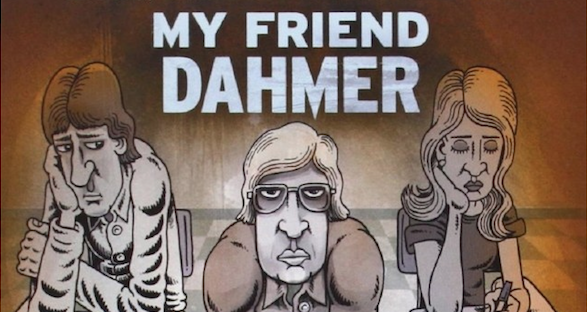I have to admit that I’ve rarely read a book that made me feel uncomfortable and astonished like Tender Is the Flesh by Augustina Bazterrica.
The premise is extremely interesting. A virus made animal meat uneditable, and the obvious consequence was that the governments decided to fill this dietary gap by eating human meat. This decision can look extreme and if you don’t think too much about it. It sounds like something that would never happen, but let’s be honest, how many people will be ready to stop eating meat forever? That’s what I thought. Therefore, the idea of raising humans as animals, and eating their meat doesn’t sound that crazy anymore.
Bazterrica starts with a brilliant prompt and eviscerates all the aspects of this scenario in the most detailed way. This is also made possible by the fact that our protagonist, Marcos, works in the human slaughter business, and since his father was a butcher when people had the chance to eat animal meat, Marcos has the advantage of acknowledging how things have changed. He is the one that has to supervise the slaughtering process, seeing what happens to humans, or better, to heads, since that’s how they are called now. If you had the chance to read any book about the subject, you will know how dreadful, and unethical the slaughtering process can be. If you hadn’t read anything like that I would recommend the famous Eating Animals by Jonathan Safran Foer, and I can give you a quick idea of what we are talking about. In Tender is the Flesh humans have their vocal cords removed so that they won’t scream. It is especially useful when children are taken away from their mothers as soon as they are born, in this way who works in the slaughterhouse doesn’t have to work with the annoying scream of a mother being deprived of her offspring. Humans get hit to their heads before they get skinned, and not always they are unconscious when the process starts. Thankfully, they can’t scream. They don’t have to be scared when they get slaughtered, otherwise, the meat will not taste good, but most of the times they are aware of what is happening and what is waiting for them. Some people are raised to be used for game reserves. They play as moving targets as a way to make the game more entertaining. Others are bred and used for the shade of their skin, which will be perfect for a leather clothesline or to make the perfect couch for your living room. These are only a few examples of what people go through in this story. They are completely dehumanised.
As said before, the term “head” is used to refer to the people raised to be slaughtered, this is just another word “that covers up the world”. Marcos is constantly amazed by how words changed when referring to the slaughtering process now, but all of it is meant to distract everyone from what is really going on. Bazterrica’s work on language in this novel slightly reflects what George Orwell did in 1984: in both scenarios, the manipulation of language is moulding the thinking process. This a defensive mechanism, because it is easier to think that you’re slaughtering a thing, and not a person.
The most disturbing element of this story is that it is easy to be shocked when we see these kinds of things being done to humans, but it is not different at all to what we do to animals. Bazterrica’s talent lies in portraying the unfairness of the relationship between humans and animals, using the brilliant trick of putting humans in the disadvantaged position. When it’s babies that are taken away from their mothers, when it’s people that are killed without mercy, when it’s people that are tortured and ignored, then we can fully understand how unethical the slaughter process is.



